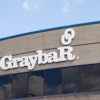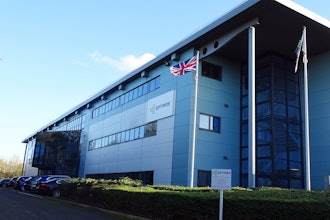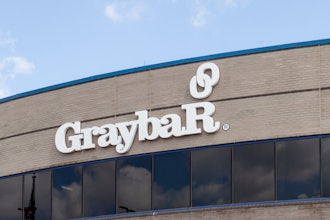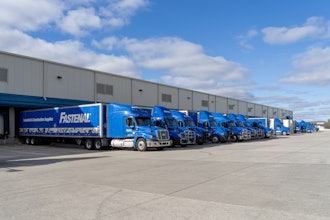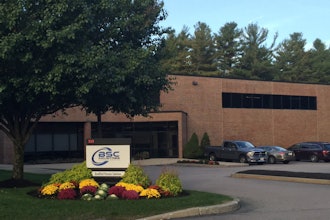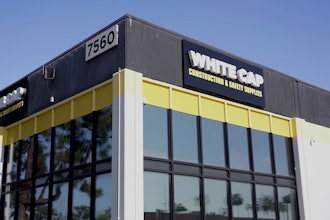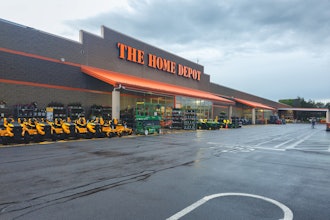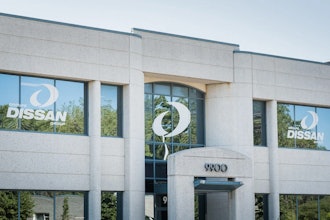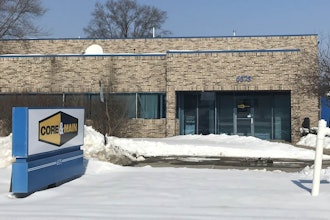“In the midst of complexity, there is inherent simplicity.” —Dr. Eliyahu M. Goldratt, 1947-2011
The same critical thinking processes used in the hard sciences have led to the development of a holistic approach to business called the Theory of Constraints (TOC). The application of this approach to distribution has shown dramatic results.
TOC is a focusing technique that searches for the inherent simplicity in the midst of complexity. Dr. Goldratt theorized that improvement in the throughput of any system is governed by very few factors, the critical one being the overall constraint. Depending on the environment of the company, this constraint can be located in different areas, sometimes internally (production, warehouse, purchasing, policies, etc.) and sometimes externally (in the market). In distribution, the constraint is usually in the market (an estimated 70 percent of the time).
Let’s look at how TOC applies to the issue of inventory in the distribution environment. What is the distributor’s mindset when deciding on how much stock to keep at each location? Two main questions must be addressed:
• How much stock to keep upstream in the supply chain?
• How much stock to keep downstream in the supply chain?
The natural tendency is to keep the stock as close to the consumers as possible — the thinking is, if a product is not at the consumption point, then there is a smaller chance the item will be sold. Therefore, it only seems “logical” that the distributor should keep most of the stock as close to the customer as possible — as far downstream as s/he can manage.
This is a common-practice “push” behavior: pushing products downstream in order to increase consumption. However, this push behavior requires a good forecasting model, in order to predict where and when the stock will be needed at the stock locations.
Even with today’s advanced forecasting tools, we can’t effectively answer the availability question: What to hold at which place and when? This is because:
• The more specific (the narrower the aggregation), the less accurate the answer becomes — meaning that the question of “How much will be sold overall?” will be answered much more accurately than “How much will be sold at this specific location?”
• Many times, data is incorrectly interpreted. It is common practice to use statistics without a good understanding of the “law” of aggregation. The more sophisticated the algorithm, the more sophisticated the end user has to be in order to correctly apply it.
• No forecasting model can take into account a sudden change in consumption patterns.
So, first let’s kill all of the forecasts! Well, not exactly, but the TOC solution for distribution does call for a shift away from the common-practice push (forecast-driven) approach and towards a “pull” mechanism. The TOC solution is built on constant renewal of the consumed stock. It includes several steps that apply in most environments:
• Aggregating as much stock as possible as close to the source as possible — the supplier or central warehouse.
• Setting a higher inventory target there — called the Stock Buffer Size.
• Setting much lower Stock Buffer Sizes at all other locations.
• Creating the transfer of real sales data on a frequent basis from all stock locations.
• Shrinking the replenishment time as much as possible.
• Replenishing the stock locations as frequently as possible, with a strict focus on shipping only to replenish to real consumption or to re-adjust the buffer sizes.
• Continually monitoring the buffer sizes and making adjustments according to consumption.
A disciplined approach to implementing these steps can build a Decisive Competitive Edge (DCE) when linked to the timing of the constraint in the market. A DCE means satisfying a customer’s core need to an extent that no competitor can or will (as most companies do not have a DCE). It will also significantly improve cash flow—another possible constraint in today’s operating environment.
Within a period of three months after starting the implementation of a TOC solution, it has been reported that inventory turns have improved by a factor of 2.8, created by significant reductions in inventory while increasing sales through the lessening of stock outs. Finding the inherent simplicity in the midst of complexity can certainly pay off.
Tom Rodgers is a Senior Business Consultant at Epicor Software Corporation.



